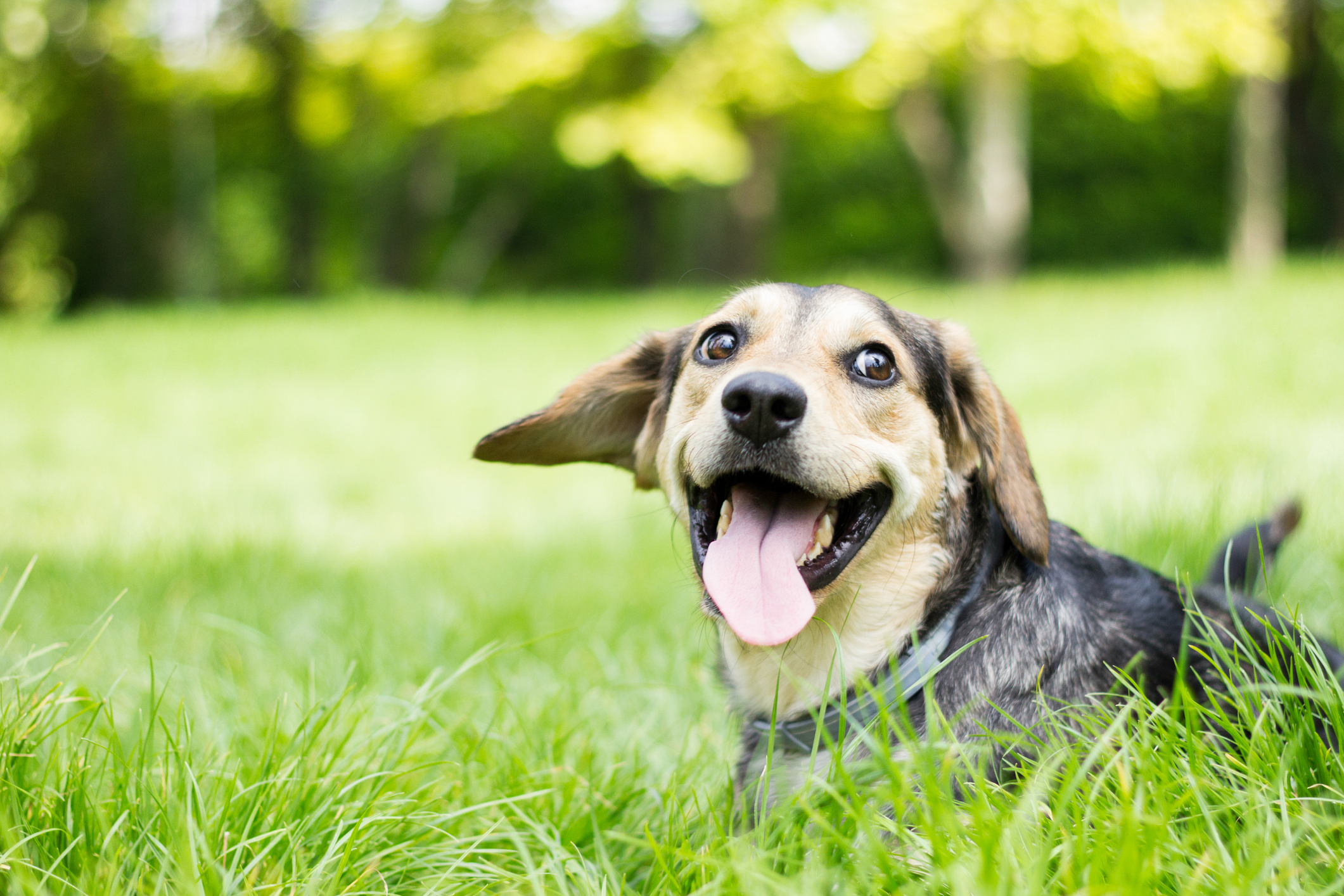Auburn professor discusses protecting people and pets from COVID-19
Article body
There are few issues more critical in the age of COVID-19 than biosecurity, or the proper methods and practices to help people and pets from contracting the disease.
Dr. Andrea Perkins of Auburn University’s College of Veterinary Medicine discusses best practices for keeping yourself and the people and animals you love safe. Dr. Perkins began her infection-prevention career in human hospitals before transitioning to the veterinary field, so she has a unique perspective on infection prevention at the human-animal-environment interface.
There have been some reports of animals—such as the tigers in the Bronx Zoo—contracting COVID-19, but how common do you think the virus actually is in the animal population?
Animals currently known to be susceptible to SARS-CoV-2 include ferrets, cats, hamsters, mink, dogs (maybe), big cats (lions and tigers), fruit bats and non-human primates. There is evidence that cats, ferrets, hamsters, big cats (lions and tigers), mink and bats can transmit the virus to other animals. How prevalent the virus is in any single one of these animal species is unknown, but is likely low. There are no reports of SARS-CoV-2 infection in horses or livestock, however, susceptibility and transmission in certain livestock species is being actively investigated. Transmission of SARS-CoV-2 predominantly occurs from person to person.
What is the latest information regarding the likelihood of the transmission of COVID-19 from people to their pets?
Risk of animals becoming infected with SARS-CoV-2 when in shared households of people with COVID-19 is low, but it is still recommended that individuals with COVID-19 practice certain precautions with household pets out of an abundance of caution. These measures include:
-
Have someone who is not sick take care of your animal when possible.
-
Avoid close contact with your pet while you are ill (this includes petting, kissing cuddling, licking or sleeping in the same bed).
-
If you must be in close contact with your pet, do what you would do around another person—wear a mask, clean and disinfect surfaces frequently and practice hand hygiene, particularly before and after animal interactions.
What about pets transmitting the virus to people?
With over 10 million cases of COVID-19 in humans, transmission of SARS-CoV-2 from companion animals to people has not yet been documented, so the risk of pets transmitting the virus to people is presumed to be very low. It is unclear whether or not the amount of virus shed by companion animals would be sufficient to cause infection in humans, however, one report suggests the possibility that two cases of mink-to-human transmission may have taken place on a mink farm in the Netherlands.
Research has shown COVID-19 can survive for an extended time on some surfaces, but what is currently known about its survival on animal fur or hide?
There is no evidence that animals can act as “fomites,” meaning that mechanical transmission of SARS-CoV-2 can occur by touching an animal with external contamination, then subsequently touching yourself or another person. There have been no studies to date that examine animal skin, fur/hair or feathers as a source of SARS-CoV-2 transmission, but it is improbable that sufficient quantities of viable virus could persist on an animal’s body for a long enough period of time to transmit infection. The risk is therefore considered to be low, especially if hand hygiene is routinely carried out at the right time in the right way.
What biosecurity measures do pet owners—and for that matter veterinarians—need to take in order to try and protect themselves and their animals/patients?
By far, the main way SARS-CoV-2 is transmitted is from person-to-person via respiratory droplets, so that should be the main focus. In general, most of the measures people take to protect human family members will also help protect their pets. These include physical distancing, good personal and environmental hygiene practices, wearing face coverings for source control and quarantining or isolating if you have been exposed or are confirmed to have COVID-19 respectively. Since veterinarians often have to work closely with coworkers while carrying out work-related tasks, they might take additional precautions to protect themselves from others who might be shedding the virus without showing symptoms. Items like gloves, medical face masks, gowns, eye protection and N95 respirators may be used in these situations. N95 respirators are generally only recommended while performing aerosol-generating procedures on animals that are from COVID-19 households or are showing symptoms consistent with possible SARS-CoV-2 infection.
Are there any particular characteristics of COVID-19 that complicate the biosecurity measures taken to combat its transmission?
SARS-CoV-2 is mainly transmitted through respiratory droplets ejected during coughing, sneezing or even speaking, then coming into contact with the eyes, nose or mouth of another individual. The respiratory droplets are thought to travel about 6 feet through the air before landing on a surface. As you can imagine, this mode of transmission can occur more easily than some others because a single cough or sneeze can reach several other individuals standing several feet away. Another complicating feature of transmission is that infected individuals may be shedding high numbers of the virus (meaning they are very contagious) a couple of days prior to showing any symptoms, so they could be unknowingly infecting other individuals. This is why infection control measures such as physical distancing, wearing face covers, environmental hygiene and frequent hand hygiene are so important during this pandemic.
Auburn University is a nationally ranked land grant institution recognized for its commitment to world-class scholarship, interdisciplinary research with an elite, top-tier Carnegie R1 classification, life-changing outreach with Carnegie’s Community Engagement designation and an undergraduate education experience second to none. Auburn is home to more than 30,000 students, and its faculty and research partners collaborate to develop and deliver meaningful scholarship, science and technology-based advancements that meet pressing regional, national and global needs. Auburn’s commitment to active student engagement, professional success and public/private partnership drives a growing reputation for outreach and extension that delivers broad economic, health and societal impact.






